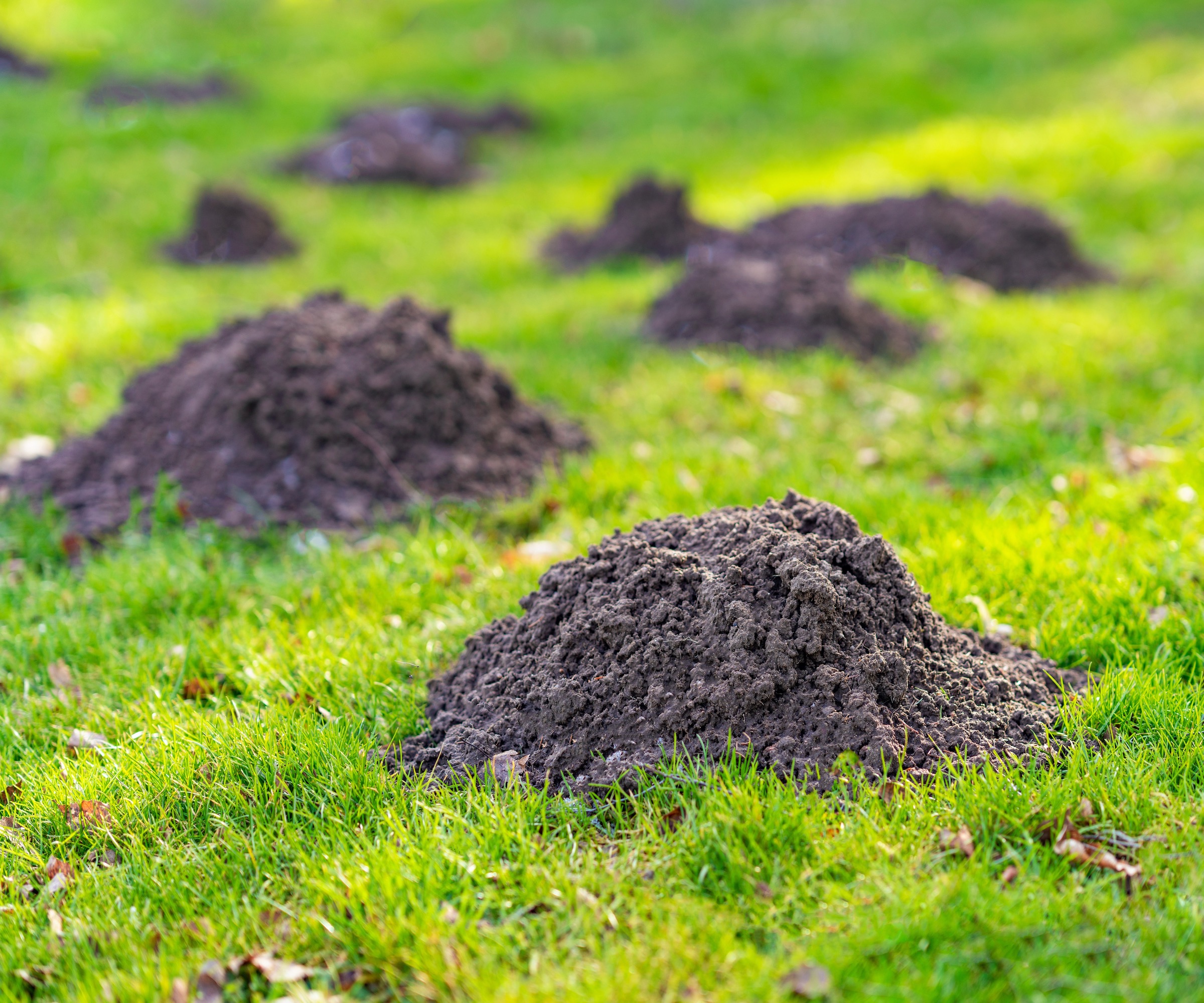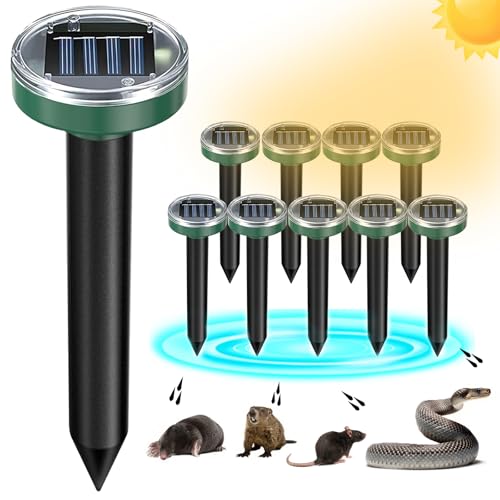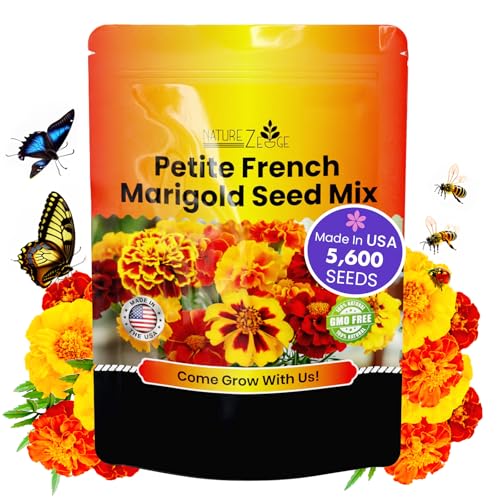Moles ripping up your lawn? Amazon shoppers say this $35 ultrasonic repellent is saving the day – it's solar powered and doesn't cause any harm to wildlife
'It’s reassuring to have a chemical-free solution that runs itself on sunshine and keeps moles at bay,' one reviewer says


It's a gardener's worst nightmare to come out into the yard and find mounds all over the lawn. It's a clear sign of a specific pest problem: moles. While they don't necessarily harm plants directly, the mounds they create can smother and kill grass, and their movement in the soil can disrupt root systems.
If you've already tried to get rid of moles, such as by growing plants moles hate, and have had no luck, then it might be time to turn to some pest control gear. There's one product that seems to stand out online: a solar powered ultrasonic mole repellent, currently discounted at $34.99 on Amazon.
Once inserted into the ground it emits an ultrasonic sound as frequently as every three seconds. This sound can minimally be heard by humans, if at all, but for moles, gophers, and even snakes, it's unpleasant and will send them in the other direction. It's a non-harmful solution to getting rid of moles, plus it's discreet in the yard, so you won't even notice it's there. We haven't tested it ourselves, but more than 200 reviewers say they 'haven't seen a new mound,' since it's been installed.
What the reviews say

With a rating of 3.8 stars, customers are thankful to have picked up this ultrasonic mole repellent.
It's proven to be effective with getting rid of gophers and snakes, as well as moles, protecting lawns from damage.
Once five-star reviewer wrote: 'The solar-powered pulses and vibrations seem to deter moles without harming wildlife or plants.
'It's weatherproof and has held up through rain and heat, providing continuous protection without extra costs.'
Design expertise in your inbox – from inspiring decorating ideas and beautiful celebrity homes to practical gardening advice and shopping round-ups.
Not only has it been effective at stopping pest damage in the garden, customers are also pleased with the easy installation and low-maintenance use.
'To install, you simply drive a slim 1×1 inch stake into the ground, leaving the solar panel about two inches above the ground, enough that it can charge in the grass,' describes one reviewer.
'Once charged by sunlight, it emits a soft buzzing vibration that quickly fades into the background,' they describe.
'It's a reliable, low-maintenance solution that has noticeably improved my lawn,' another reviewer wrote. It seems they aren't alone, as many customer express having a greener and thicker lawn since installing the repellent.
As a natural pest control method, many reviewers also say the solar powered element is one of the best they've tried, especially considering the lower price:
'I purchased four other, more expensive, units and they would quit if it was cloudy too long, but these just kept plugging away,' one customer writes. 'One that was totally covered by a zucchini leaf was still working fine.'
What about the downsides? It isn't necessarily an effective long-term solution. And being solar powered, we also wonder whether it would be less effective in the winter, when there are fewer hours of daylight.
'I’ve had these up for a few days and it initially seemed to work, but now I see a new mound of dirt,' one customer wrote.
If you have a more serious mole problem, it's wise to enlist the help of a pest control professional.
These ultrasonic mole repellents will also be made more effective if you use additional methods to deter them, such as keeping on top of lawn care and making your yard less inviting to them. You can also use the below mole-repellent tools:
This device can also help deter other pests that destroy plants, such as keeping deer away from plants and keeping rats away from the yard.

Tenielle is a Gardens Content Editor at Homes & Gardens. She holds a qualification in MA Magazine Journalism and has over six years of journalistic experience. Before coming to Homes & Gardens, Tenielle was in the editorial department at the Royal Horticultural Society and worked on The Garden magazine. As our in-house houseplant expert, Tenielle writes on a range of solutions to houseplant problems, as well as other 'how to' guides, inspiring garden projects, and the latest gardening news. When she isn't writing, Tenielle can be found propagating her ever-growing collection of indoor plants, helping others overcome common houseplant pests and diseases, volunteering at a local gardening club, and attending gardening workshops, like a composting masterclass.
You must confirm your public display name before commenting
Please logout and then login again, you will then be prompted to enter your display name.



